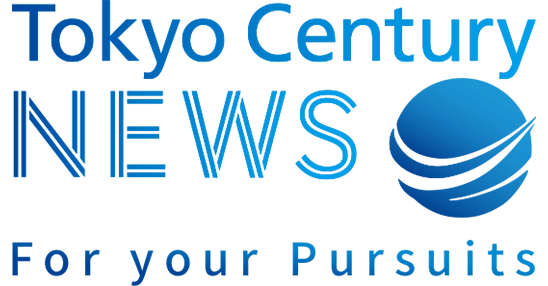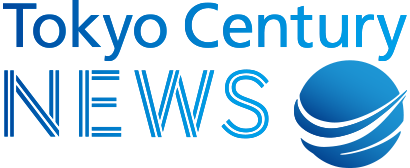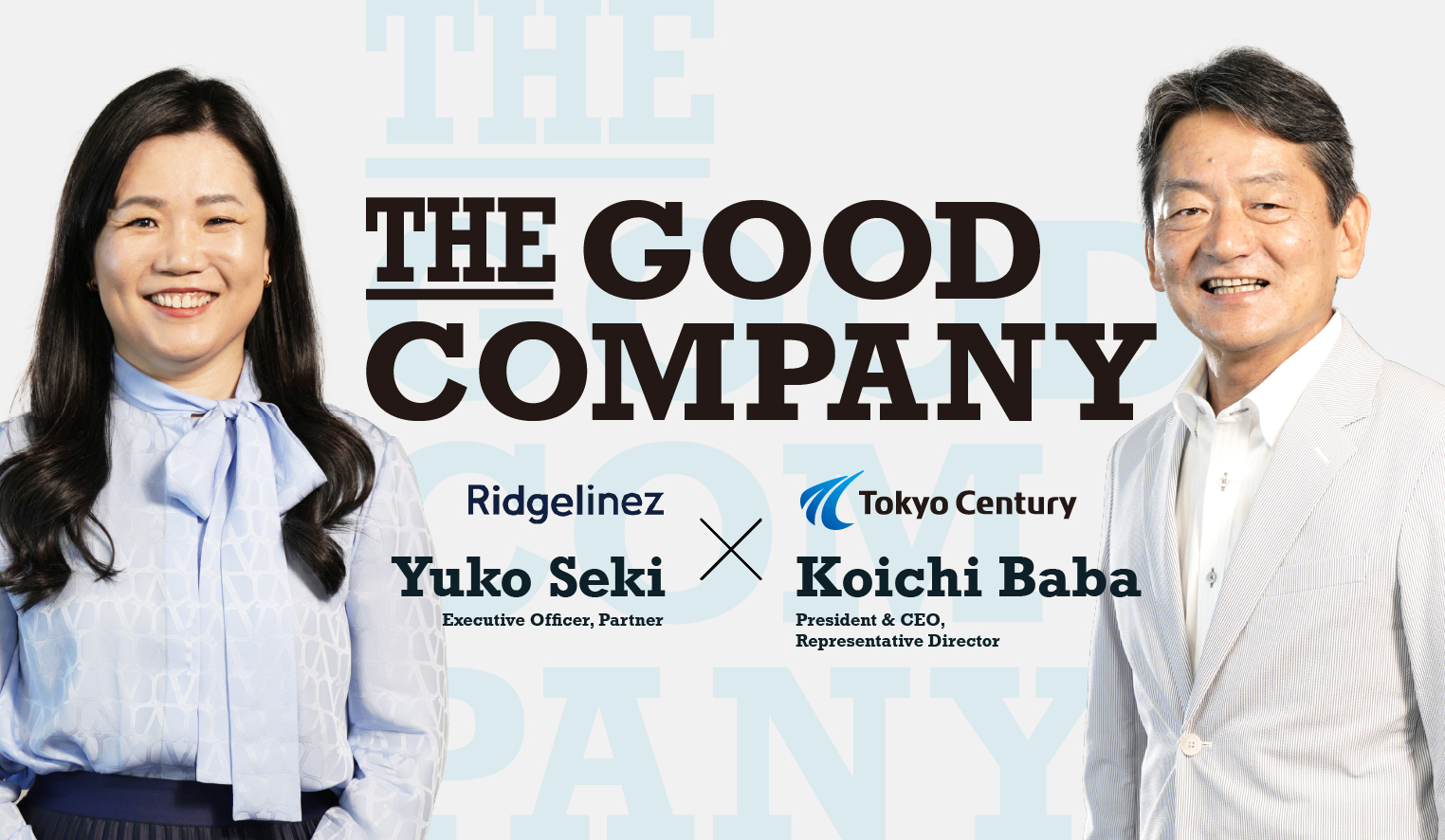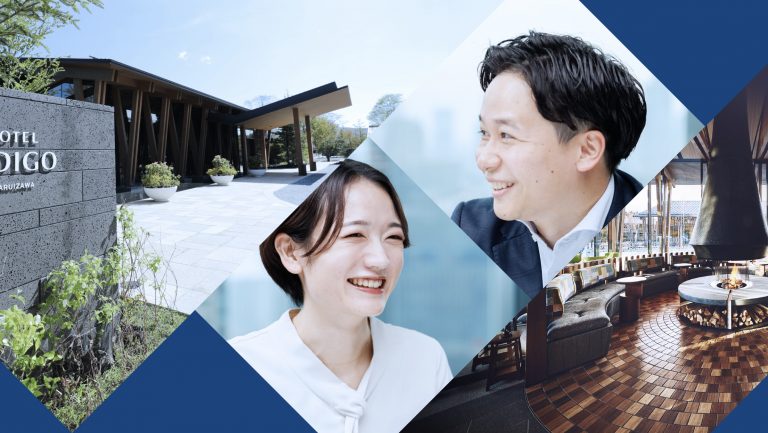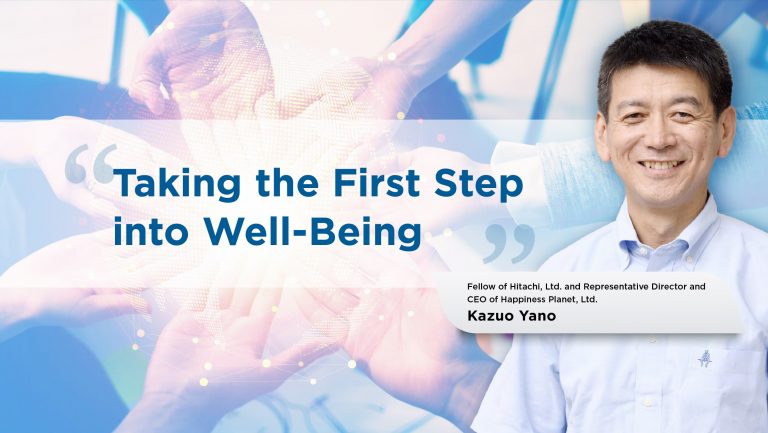
Part 1: Creating a Workplace Focused on Employee Well-being Starts at the Job Site: What constitutes the Happiness of Employees and their Organization? The Mentor Program’s Founder Explains.
Aug 30, 2023
With the increasing importance of human capital in recent years, many companies are focused on the concept of well-being, both mental and physical, to improve the job satisfaction and productivity of employees.
Tokyo Century has positioned 2023 as the first year of its employee well-being initiative and plans to deliver related projects through Tokyo Century NEWS, including those for improving the workplace environment, webinars by experts, and discussions with the president & CEO.
In this issue, we interviewed Executive Officer Hideharu Suekane, the founder of the mentor program in the Equipment Leasing segment and also a career consultant, as a representative effort.
▼ INDEX
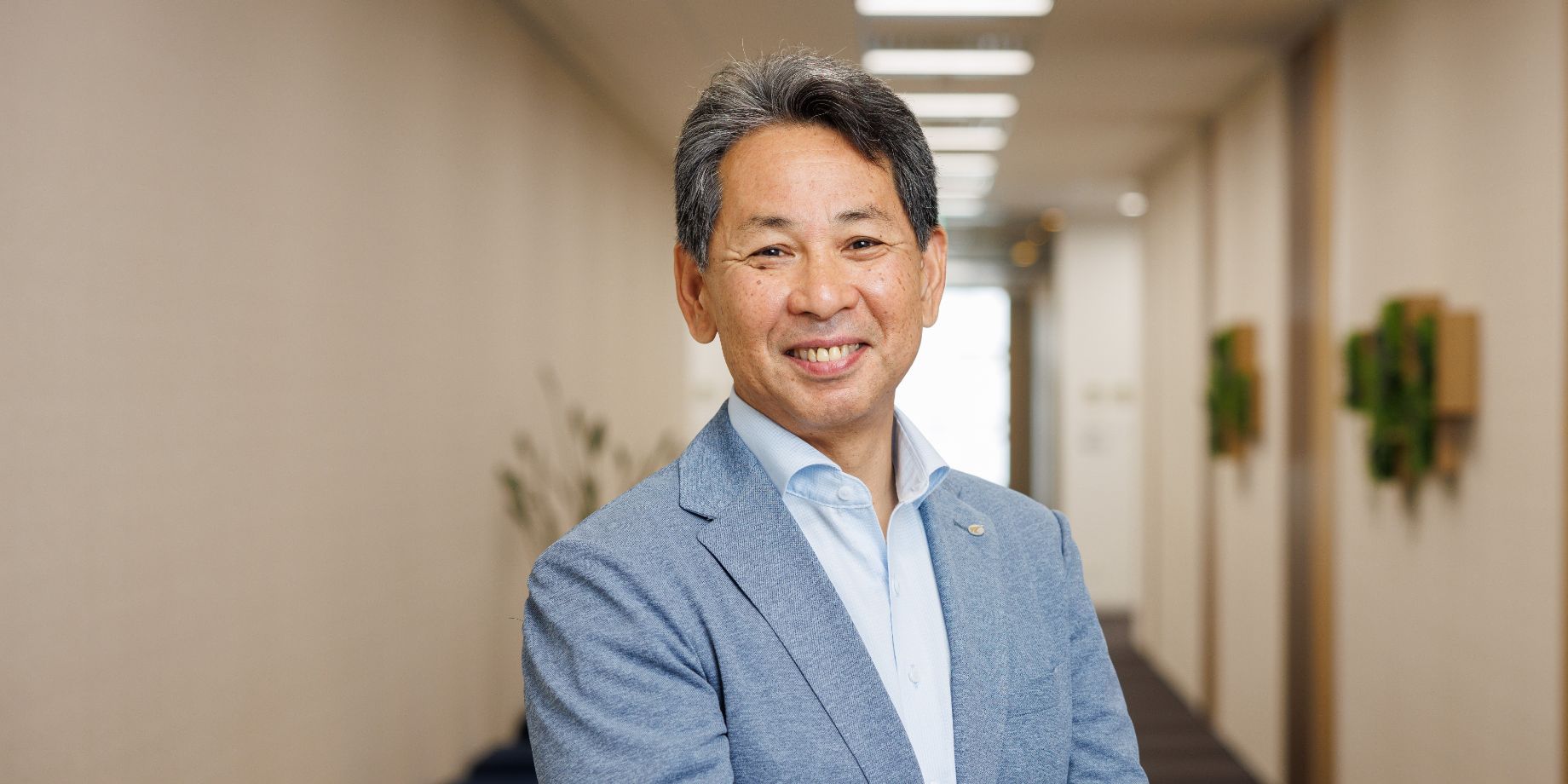
Hideharu Suekane, Executive Officer, President of Equipment Leasing Support Unit
Feeling Trapped in the Workplace Since the COVID-19 Pandemic
─In fiscal 2022, the Equipment Leasing segment launched a mentor program for the purpose of engaging pairs of young and senior employees in dialogue. What issues were behind launching the program?
Suekane: In fiscal 2021, I assumed the position of general manager of the Equipment Leasing Strategic Planning Division. That was the second year of the COVID-19 pandemic, when the emergence of the delta strain led to a series of actions at various levels to prevent the disease from spreading, including declarations of states of emergency and semi-emergency measures. These actions dramatically altered the communication environment, which is the basis of sales, limiting interactions that had previously been taken for granted, such as face-to-face conversation and other in-person activities. Business meetings with customers also had to be held online. Under these circumstances, employees seemed frustrated, and a gloomy atmosphere settled over the office.
─You mean that employees felt trapped in the office?
Suekane: When we asked them what was happening in the office, many commented negatively on how information was being disseminated, on the decline of sales support functions, and on being unable to communicate across divisions. In attempting to grasp the situation, we felt that a particularly important issue was the motivation of young employees who had joined the company during the pandemic.
All senior employees were concerned about their young colleagues, who were entering the workforce for the first time and in an environment significantly different from their own experiences, and mulled over what they could do to help. The launch of the mentor program was based on recognizing issues that were commonly shared across the office.
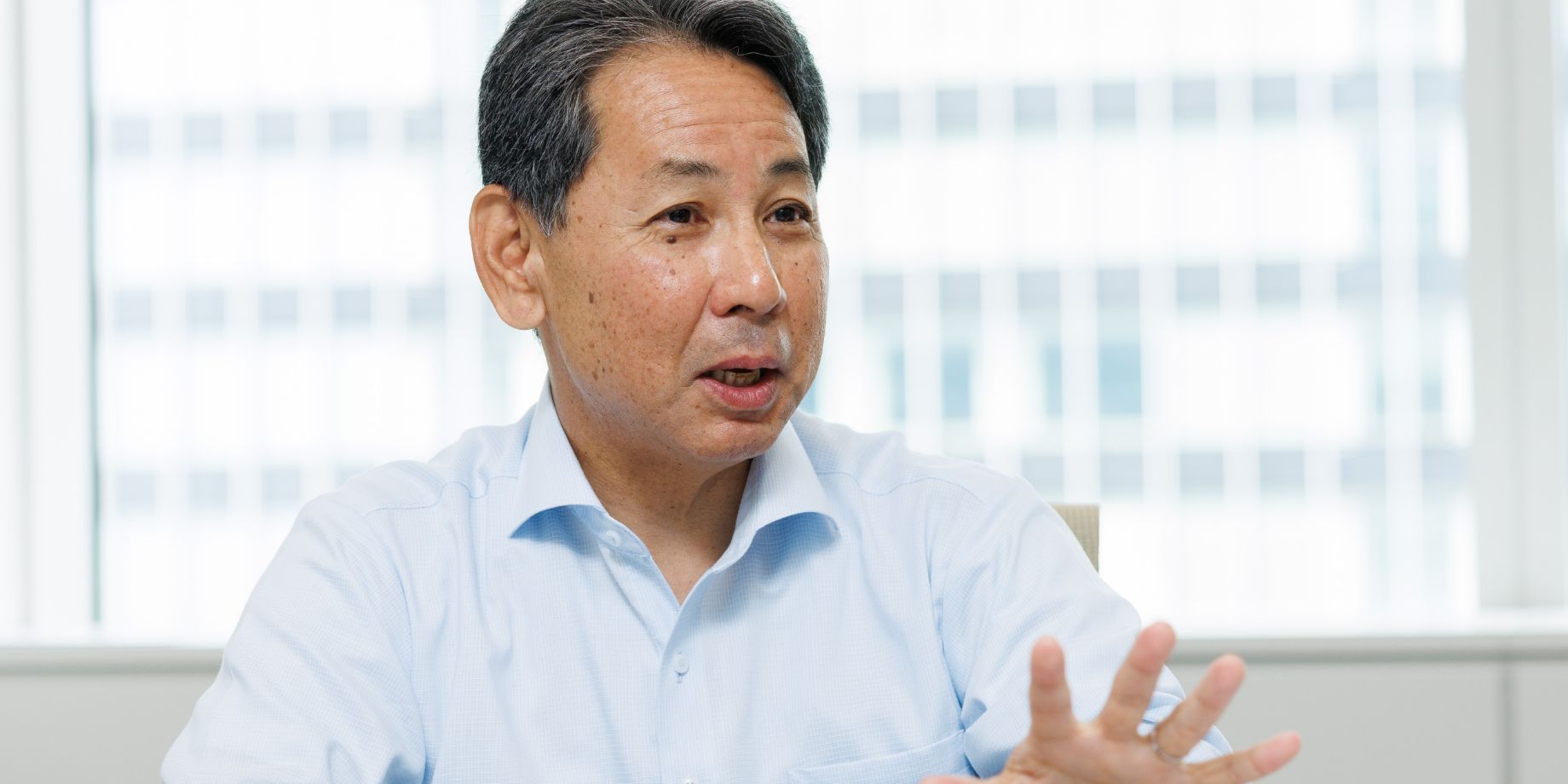
Suekane: “We held lunch meetings and conducted surveys that ultimately resulted in the mentor program.”
Mentor Program Builds “Diagonal” Relationships Necessary for Employee Well-being in the Workplace
─Why did you choose the mentor program as a way to improve the lack of communication and motivate young employees?
Suekane: The mentor program is one measure for establishing a sound, psychologically safe work environment for employees, which can be described as an environment where individuals feel happy or experience well-being. Individual happiness is more than simply a good feeling after someone else acknowledges a job well done. We might instead consider that when employees are happy, they work well. And I believe this happiness comes from connecting with others.
We decided to introduce the mentor program based on this belief and intend to transcend the organizational chart. In other words, we want to create a flat organization by connecting employees who typically have no contact with each other across different divisions, rather than by establishing a direct vertical and horizontal relationship between supervisors and subordinates, or between colleagues.

─Apart from the mentor program, are you taking any other measures to establish a work environment of well-being where employees can feel happy?
Suekane: We are working on a middle management training program for deputy general managers, who are in key positions for connecting employees and managers, to support the autonomous career development of their members. We also operate the Knowledge Lab, in which members can share knowledge and expertise across our operations. Like the mentor program, these actions emerged from gaining insight into the challenges employees face.
─What impact have these actions had on the organization?
Suekane: It has been said that personal growth is the driving force for growing an organization and that individual performance is influenced by each individual’s feeling of happiness. For example, research data shows that employees who have a strong sense of happiness are three times more creative and 1.3 times more productive than those who do not, and that organizational performance improves by 37% in terms of sales and 18% in earnings per share.
What Is Necessary for Individual Happiness and What Is the Optimal Relationship between Employees and the Organization?
─How did you develop your understanding of and approach to well-being?
Suekane: It depends largely on my career to date. I have long been interested in what makes for an optimal relationship between employees and their organization. Ever since I worked in sales, I have considered how to increase the value of human resources. With a strong interest in people and organizations, I became a certified career consultant.
Human connections and interactions were what had made people happy, so during the COVID-19 pandemic our happiness decreased. What makes people happy now? What kind of workplace can enable employees to feel happy about working? With these questions in mind, I came across studies that highlighted the importance of four elements for happiness: self-actualization and growth, connection and gratitude, positivity and optimism, and individuality.
Others will say that flat relationships, equal opportunities to speak up, and active nonverbal communication are essential for a positive, happy organization. And our mentor program was designed to focus on these, as well as building “diagonal” relationships.
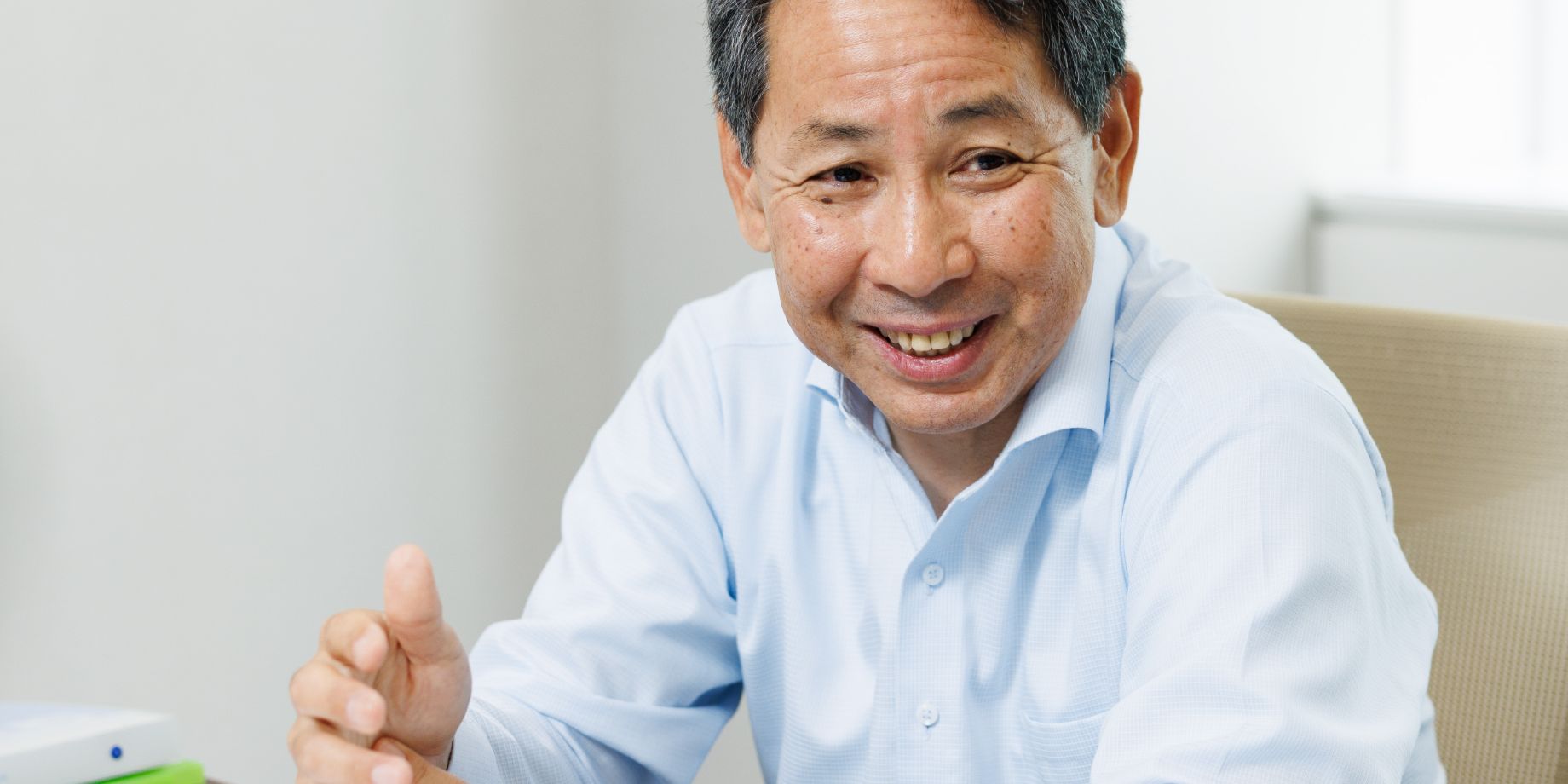
Suekane: “It is very interesting to read books and participate in webinars on the subject of employees and their organization.”
Continuing to Pursue a “Handmade” Approach to Employee Well-being from Their Perspectives
─One year after the start of the mentor program, how do you feel now about the changes?
Suekane: Although it’s too soon to evaluate quantitative results, I personally feel some progress has been made. I was most pleased to have first-term participants of the mentor program provide positive feedback, without which we could not have held the second term.
─Are you planning more initiatives in addition to the mentor program?
Suekane: We will continue to promote programs related to employees and their organization this fiscal year. We have identified women’s career advancement as a new area but also want to encourage more initiatives led by women. We also plan to develop training programs for managers below the rank of deputy general manager, as well as events for mid-career employees.
Having each individual be autonomous and take the initiative in fulfilling her or his own role and duties will lead to an organization where employees experience well-being and are highly creative and productive.
I believe that as we work closely with the Personnel Division, we will also focus on our own, bottom-up initiatives, which will spread and build momentum throughout the Company, eventually leading to Tokyo Century’s Human Resources and Organizational Transformation (HRX), as stated in the Medium-Term Management Plan 2027.
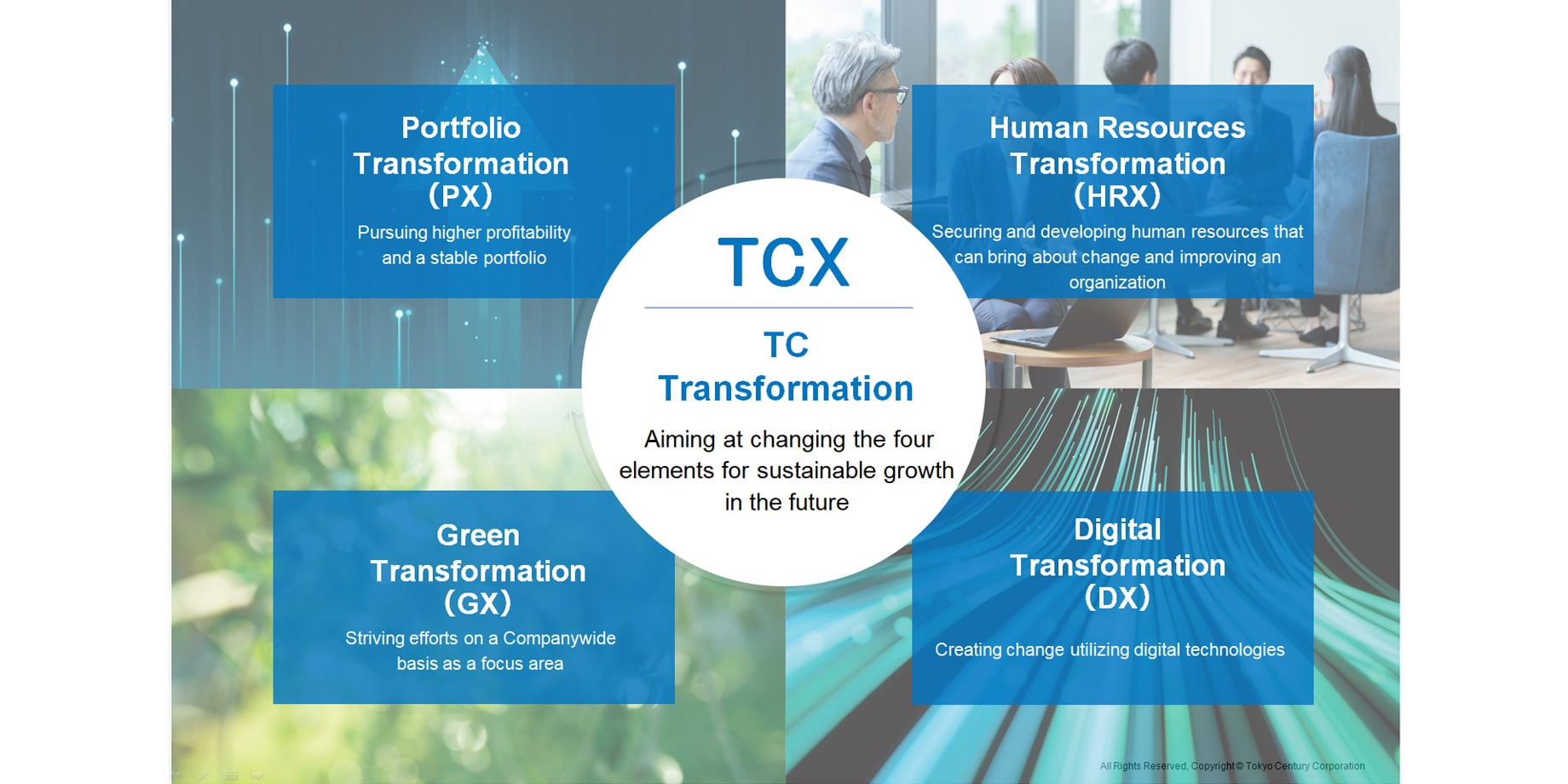
HRX is one of the four elements of TC Transformation, for securing and developing human resources that will bring about change and improve an organization.
We will continue creating a customized work environment from the perspective of employees so that all of them can perform well in a comfortable environment and advance in their desired careers.
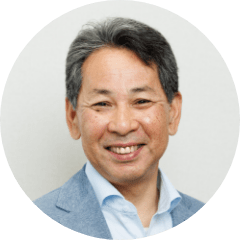
Hideharu Suekane
Executive Officer, President of Equipment Leasing Support Unit, Tokyo Century Corporation
Joined Century Leasing System, Inc. (now Tokyo Century) in 1987. He assumed the positions of general manager of the Tohoku Branch in 2010, general manager of the Metro Tokyo Business Division III in 2014, general manager of the Business Process Planning Division in 2019, and executive officer and deputy president of the Equipment Leasing Business Development Unit in 2022. He has been in his current position since 2023.
RECOMMEND ARTICLES
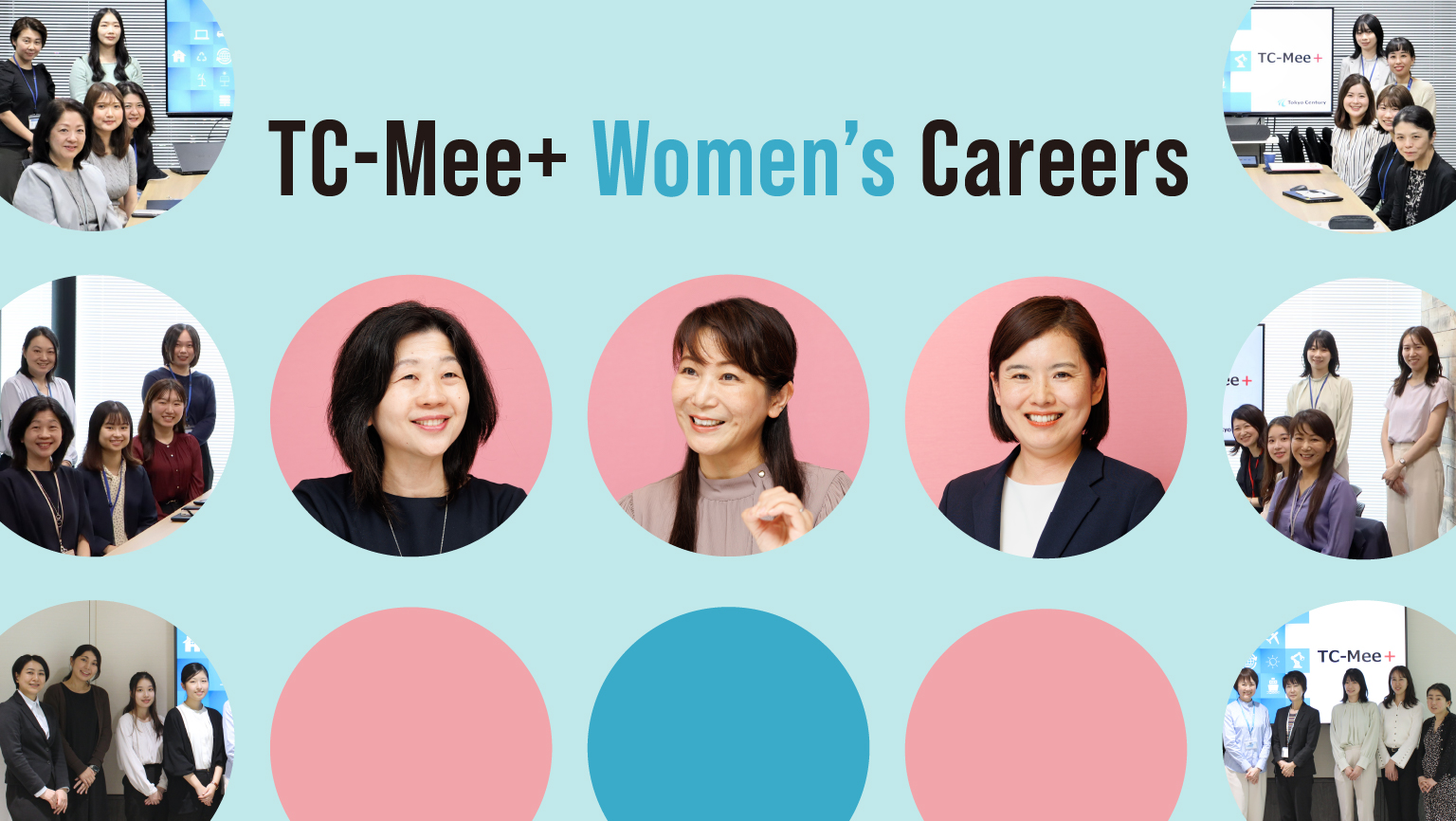
Dec 13, 2024
Since fiscal 2022, T…
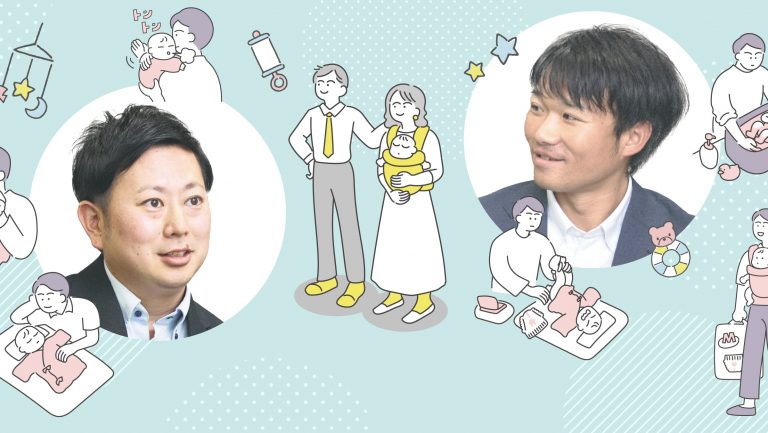
Feb 28, 2024
With the Act on Chil…
